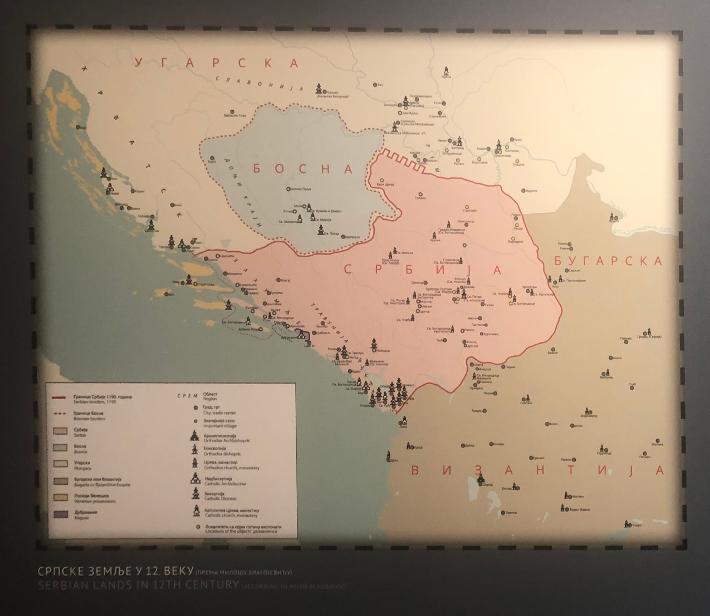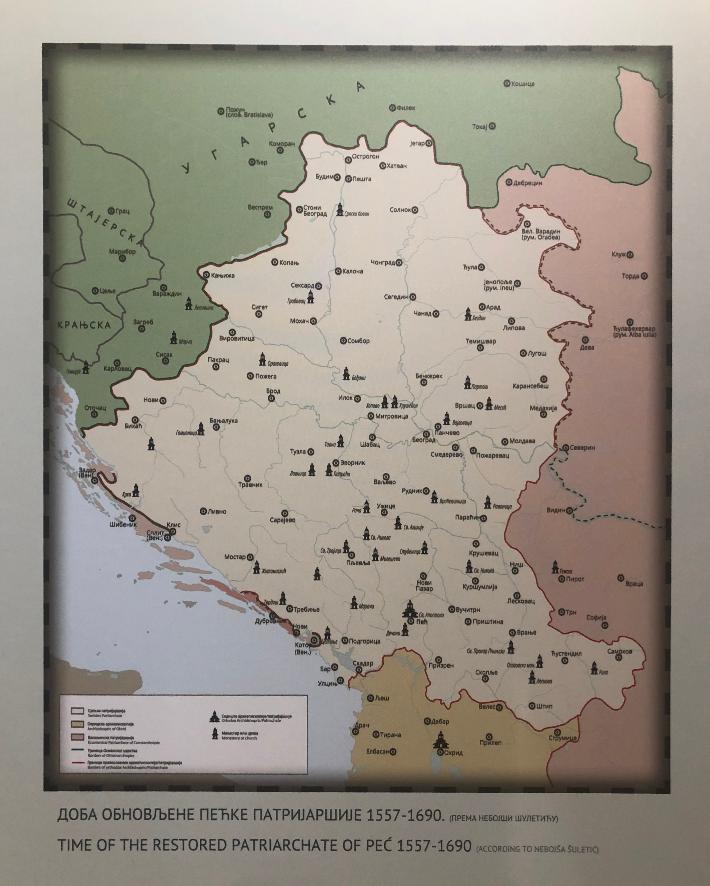City of Kotor issue under Nemanjic rule (1186-1250)
Copper half follaro "cross" type. 16mm, 0.600g.
Obverse: Large cross in the middle. Latin description: + CATARENSIS • (KOTOR) around.
Reverse: Bust of Saint Trifon in the middle. Latin description: Θ • SANTVS TRIPhON (SAINT TRIFON) around.
Reference: Jov 25 4.2, Dobrinic 1.2.3.1-26
Comment: Extremely rare and hard to find Kotor copper half follaro. In very good condition with a lot of details and most letters visible.
Jovanovic in his catalogue from 2012 published 2 examples claiming he has registered and recorded 5: 17mm, 1.93g; 16mm, 1.12g; 17mm, 0.93g; 16mm, 0.78g and 17mm, 0.75g. One is with smaller cross and other one is with larger cross in the middle.
Dobrinic has a list of 26 examples but only images of 4 drawings.
I have only seen 4, 3 in 2 private collections and 1 on auction.
All known examples have a small plus or cross above bust of saint to mark a beginning of description, this is only known example with a different mark, it looks like a Greek letter Θ (Theta).
Due to strong Norman-Sicilian influence it could have been minted at any time between 1186 and 1250, from the rule of Serbian grand prince Stefan Nemanja (1166-1196) until the rule of king Uros The Great (1243-1276)!
Large cross in the middle on the obverse is also very similar to an Insignia of the Knights Hospitaller, the Maltese cross, and it’s very common on crusaders coins like Italian and German coins. it could have been minted during The Third Crusade 1189-1192 or The Fourth Crusade 1202-1204 what would bring it under grand zupan Stefan Nemanja rule 1166-1196 or his son grand zupan Stefan Nemanjic 1196-1217, later king Stefan The First Crowned 1217-1228.
If it has been minted during The Third Crusade in that case it would be the only Serbian coin known to be minted during the life and rule of the founder of the medieval Serbian state of All Serbian Lands and Maritime, grand prince Stefan Nemanja (1166-1196, died 1199). It would make it the only known Nemanja coin and therefore of extreme historical importance!
So could this be the first appearance of the Maltese cross on Serbian medieval coins predating silver matapan type? Question remains open!


















